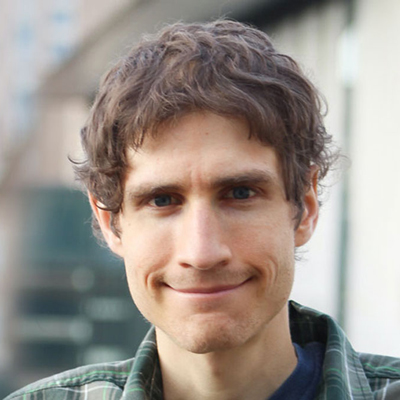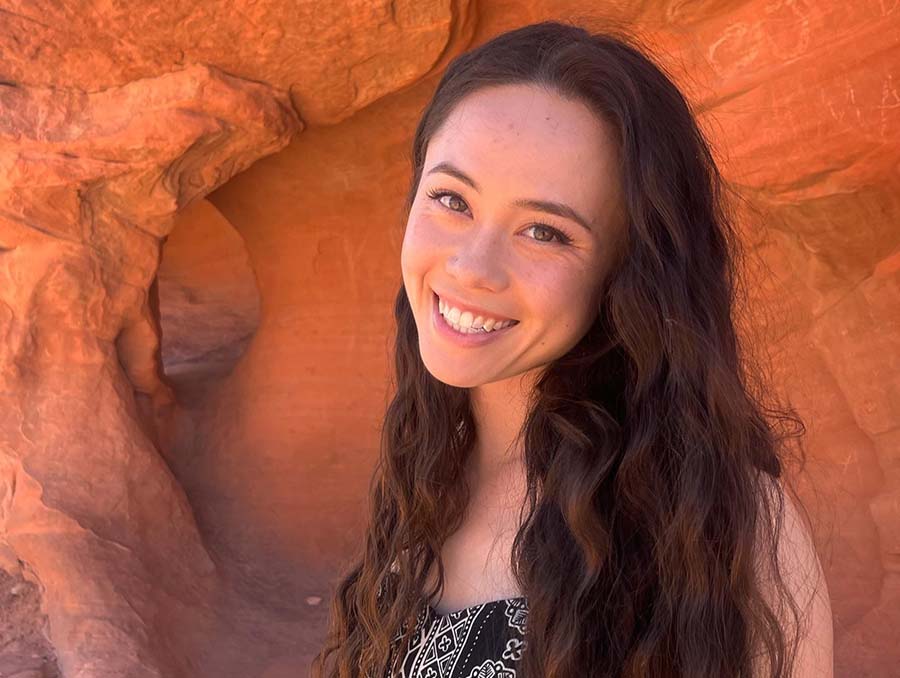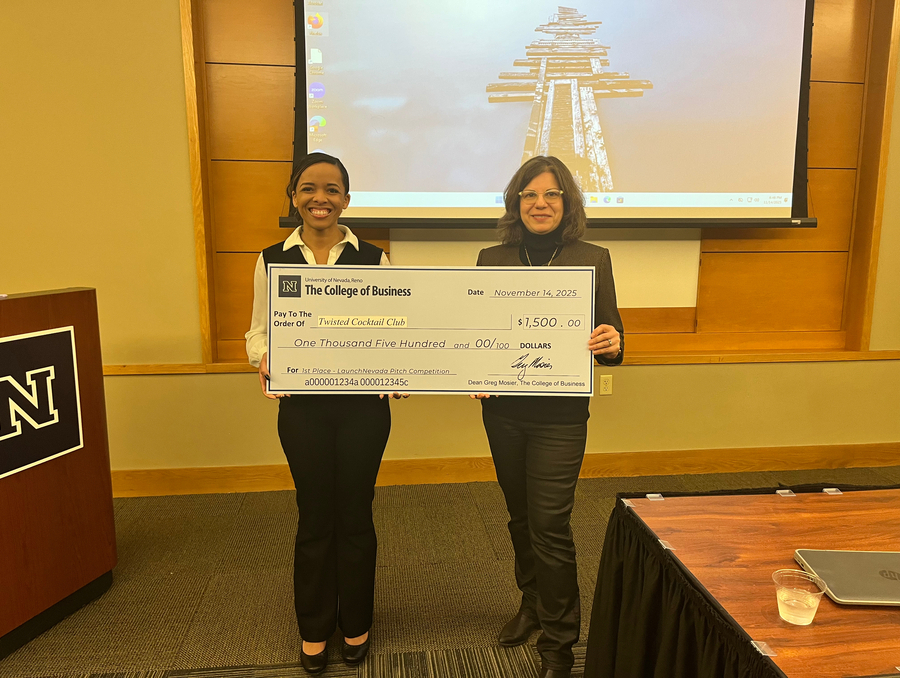The Optimism Series: Earthquake Science Enters the Age of Big Data
Daniel Trugman, Assistant Professor in the Nevada Seismological Laboratory, writes about how earthquake science has the power to make us all safer
In honor of Mental Health Awareness Month, the College of Science has asked researchers across a range of disciplines to share how they remain optimistic in the face of the many challenges of today, particularly within the field of science.
We can’t predict earthquakes, and we likely never will. That might sound like a rather downbeat way to start an optimism blog, but I find it clarifies the problem and allows us to focus on what is possible rather than fixate on what is not. And if you look closely, we have quietly made a lot of progress in earthquake science as time has marched on, and in ways that will have a real and positive impact on society.
Historically, the most direct influence that earthquake science has had on everyday life comes through the development of building and structural design codes. The basic idea is that earthquake scientists apply a somewhat involved technique known as “probabilistic seismic hazard analysis” that integrates working knowledge of earthquake rupture physics and ground motions in a way that can be used by the engineers that craft our built environment to make it resilient in the event of strong shaking. While this basic formulation is well-established, the physical and engineering knowledge that powers this work has advanced markedly over the past few decades, from the simple point source and single degree-of-freedom oscillator models of the late 20th century to the modern dynamic rupture and detailed building response simulations enabled by modern high performance computing systems. With these technical advances, we greatly improved our capacity to measure seismic hazards and the risk they pose to society. Buildings constructed with the latest science and engineering in mind are safer than ever. So, while we can’t predict earthquakes, that unfortunate fact won’t matter if our buildings don’t fall down.
In recent years, earthquake science has begun to interface with “real life” in more novel but equally important ways. After significant earthquakes, the USGS now produces rapid source characterization products, damage and loss estimates, and aftershock forecasts that help us deploy disaster response resources where they are needed most. Over even shorter timescales, earthquake early warning has evolved from a wild idea to a reality for people living in the western United States. By simply downloading and installing a free app on your smartphone, citizens of California, Oregon, and Washington will get seconds-to-minutes warning that strong shaking is on the way, allowing people to drop, cover, and hold on, and for automated systems like transportation networks and power plants to safely power down. In the coming years, and with continued advocacy from scientists and the general public, these systems will expand to states like Nevada and smart phones like the one you may be reading this on. Thankfully, public safety and earthquake science enjoys broad bipartisan support, with the National Earthquake Hazard Reduction Program reauthorized more than a dozen times by administrations and legislatures from both sides of the aisle.
Earthquake hazards are only one of many forms of natural hazard that we face in western Nevada, which range from wildfire, to flooding, to climate change. Preparing for and mitigating damage from these hazards requires scientific data, and thankfully we now have more data than ever, directly at our fingertips. As technology advances, earthquake science will evolve alongside it. A notable example is the growth and expansion of Nevada Network from a small group of analog stations to a state-of-the-art multi-hazard network encompassing the state. Many people are rightfully apprehensive about the AI revolution, as the internet of things becomes a reality. But from the perspective of an earthquake scientist like me, there could be nothing better than having a seismometer in every kitchen and living room. Just imagine the data we’ll have, and the science for society we can do with it.
About the author
Daniel Trugman is an Assistant Professor in the Nevada Seismological Laboratory. His research team works at the interface between seismology and data science to better characterize earthquakes and the hazards they produce.














